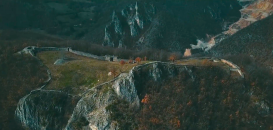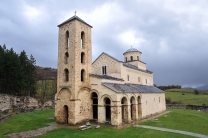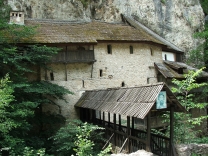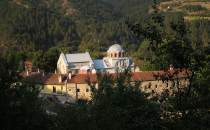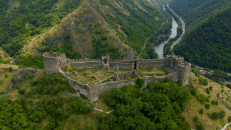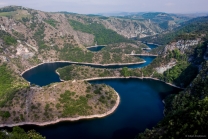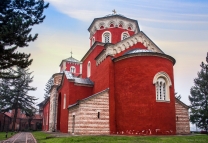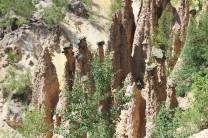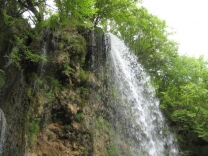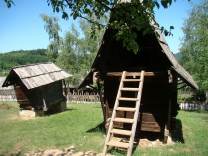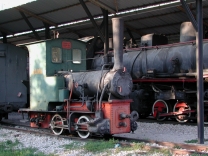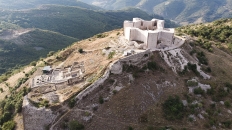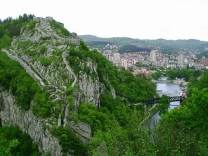No video yet
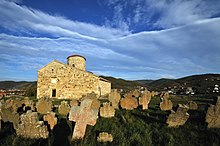
Church of the Holy Apostles Peter and Paul, Ras
The Church of the Holy Apostles Peter and Paul (Serbian: Црква светих апостола Петра и Павла / Crkva svetih apostola Petra i Pavla), commonly known as Church of St Peter (Црква Светог Петра / Crkva Svetog Petra) or simply Peter's Church (Петрова црква / Petrova crkva) is a Serbian Orthodox church, the oldest intact church in Serbia and one of the oldest ones in the region, situated on a hill of Ras, the medieval capital of the Serbian Grand Principality (Rascia), in Novi Pazar, Serbia. It is part of the Stari Ras complex, an UNESCO World Heritage Site.
It was founded in the 4th century during Roman rule,[citation needed] while additions were made in the 7th and 9th centuries, after which it served as the ecclesiastical seat of the Serbian church, and as the baptismal church and state council site of the Nemanjić dynasty, until the last years of the 12th century. It is dedicated to Saints Peter and Paul.
History
Early
The exact date of founding is unknown; it is mentioned in the 9th century as the seat of the eparchy of Serbia (see Eparchy of Ras). Excavations on the site have unearthed Greek sculptures and Black-figure pottery dating to 7th and 6th century BC, as well as a 5th-century BC princely grave (with regalia, robes, gold-silver jewelry, masks, beads and Attic pottery), underneath the floor of the church in 1957–58. The findings are presently at the National Museum of Serbia, in Belgrade. Roman, Byzantine and medieval Slavic tombs surround the church.
The present church has been built on several earlier churches of which remains have been well preserved. The foundation of the church, the massive columns, ground-plan and the octagonal tower which conceals an inner cupola are examples of the circular mausoleal architectural type used after Emperor Constantine (306–312).
Archaeological findings point that the church has been rebuilt several times in history, beginning in the 4th century, with notable additions made in the 7th century. The architectural style resembles that of early churches in...







